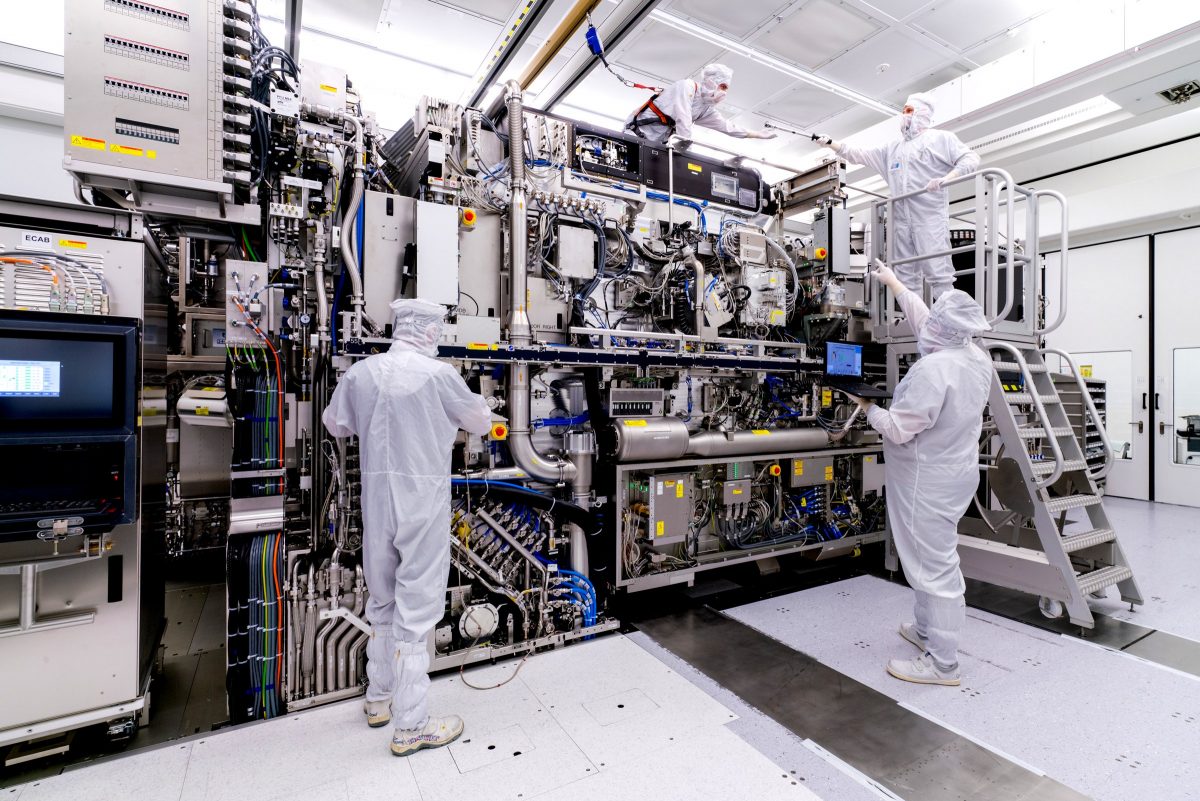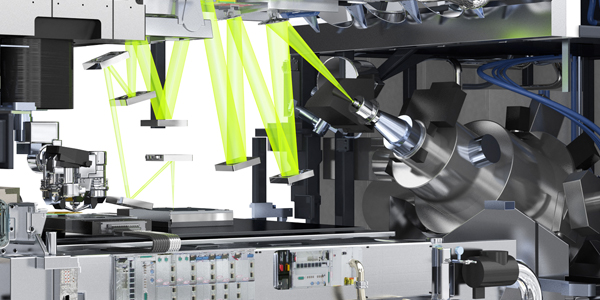It is very likely that you have already heard about this problem, there was and is a global shortage of silicon chips. What you probably haven’t thought about is, why this problem occurred and how much affect it had on the world and businesses. Recently, car manufacturer Opel had to close one of its factories due to a chip shortage. Earlier this year, Ford, Audi and General Motors also had to temporarily cease production (Tweakers, n.d.).
Many products these days rely on semiconductors (computer chips) and at the moment there are just not enough computer chips to meet the industry demand. This causes many popular products to be unavailable for purchase. A very popular example is that it has become incredibly difficult to purchase a PlayStation 5 (PS5) game console (Baraniuk, 2021). This does not only impact the sales, but it also opens up the question for businesses on how to deal with this issue. So, what has actually been happening?
This problem has been developing for years, not months. Well before the pandemic, the rise of 5G pressured the semiconductor industry by increasing demands. Also, the ban that the United States (US) put on the sale of semiconductors and other technology to Huawei, increased the pressure of the industry as chip makers outside the US were flooded with order from the Chinese firm (Keane, n.d.). There has also been a boom in demand for lower cost chips, which are embedded in a growing variety of consumer products (Baraniuk, 2021).
As the COVID-19 pandemic unfolded, there started to be fluctuations in demand which led to stockpiling and advance ordering by tech companies. During the pandemic, people needed to work from home and needed laptops, tablets, webcams and other products to facilitate that need. The pandemic was therefor definitely not the sole cause of the shortage, it however was the last drop in the bucket. According to Intel and IBM, they predict that the chip shortage could last two years. Chip makers have ramped up production and are building new facilities to respond to the sustained demand, however it will take time (Baraniuk, 2021; IEEE Spectrum, 2021).
Now that it is clear how the global silicon chip shortage came into existence, the question that remains is. Could this have been foreseen? Could companies have predicted that this would happen based on the data that they had? In my honest opinion, this could have been predicted, but only if there had been an integrated supply chain between all the chipmakers and all the tech firms that purchase from them. Leading up to and during the pandemic there were lots of releases of new tech products. For example, the PS5 that had been mentioned earlier. But there was more, at the same time the new Xbox Series X was released, as well as new GPU cards by Nvidia. Also, 5G and electric cars were being introduced in the world, but also newer models of regular cars require chips. If there was a truly global integrated supply chain between all these stakeholders, someone would have foreseen this shortage before it was going to happen. So maybe for businesses that operate in the semiconductor industry, they should consider sharing relevant information to prevent such a shortage in the future, since no one can capitalize on the shortage.
References
Baraniuk, C. (2021). Why Is There a Chip shortage? BBC News. [online] 26 Aug. Available at: https://www.bbc.com/news/business-58230388.
IEEE Spectrum. (2021). How and When the Chip Shortage Will End, in 4 Charts. [online] Available at: https://spectrum.ieee.org/chip-shortage.
Keane, S. (n.d.). Huawei ban timeline: Detained CFO makes deal with US Justice Department. [online] CNET. Available at: https://www.cnet.com/tech/services-and-software/huawei-ban-timeline-detained-cfo-makes-deal-with-us-justice-department/.
Tweakers. (n.d.). Opel zet autoproductie in Duitse fabriek stop vanwege chiptekorten. [online] Available at: https://tweakers.net/nieuws/187574/opel-zet-autoproductie-in-duitse-fabriek-stop-vanwege-chiptekorten.html [Accessed 1 Oct. 2021].


